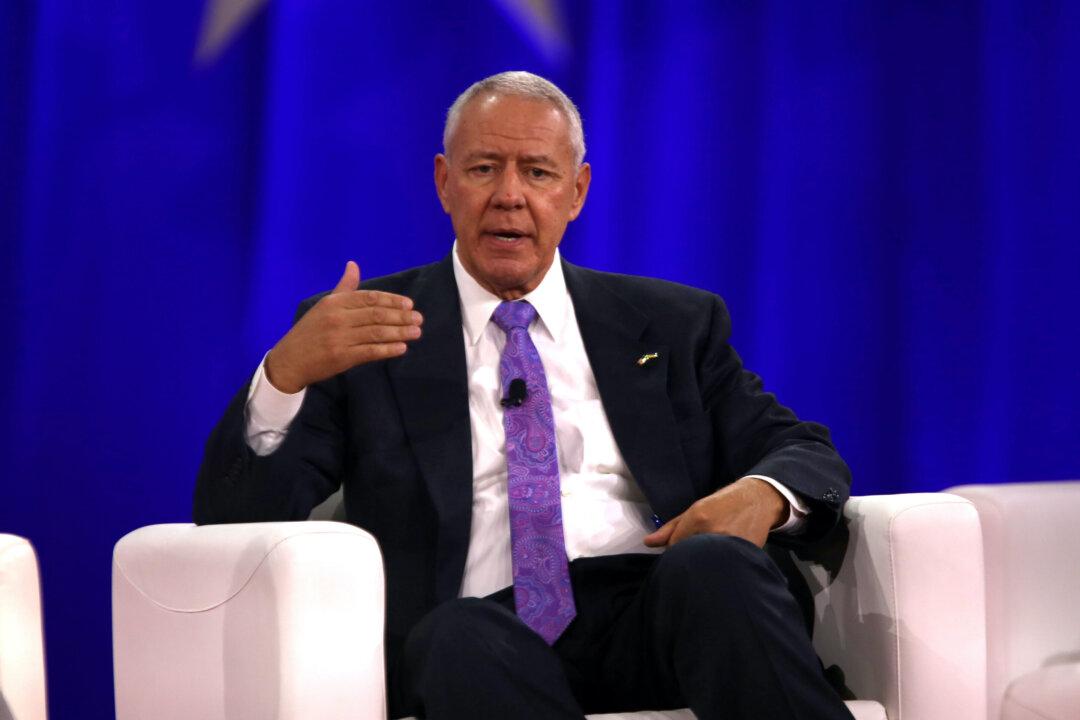News Analysis
While Democrats enjoyed a summer bounce in generic congressional preference surveys, several key indicators point to the Democratic Party sustaining considerable losses in House, Senate, and gubernatorial races in November, similar to results of the 1994 midterms during Bill Clinton’s presidency, election experts told The Epoch Times.





